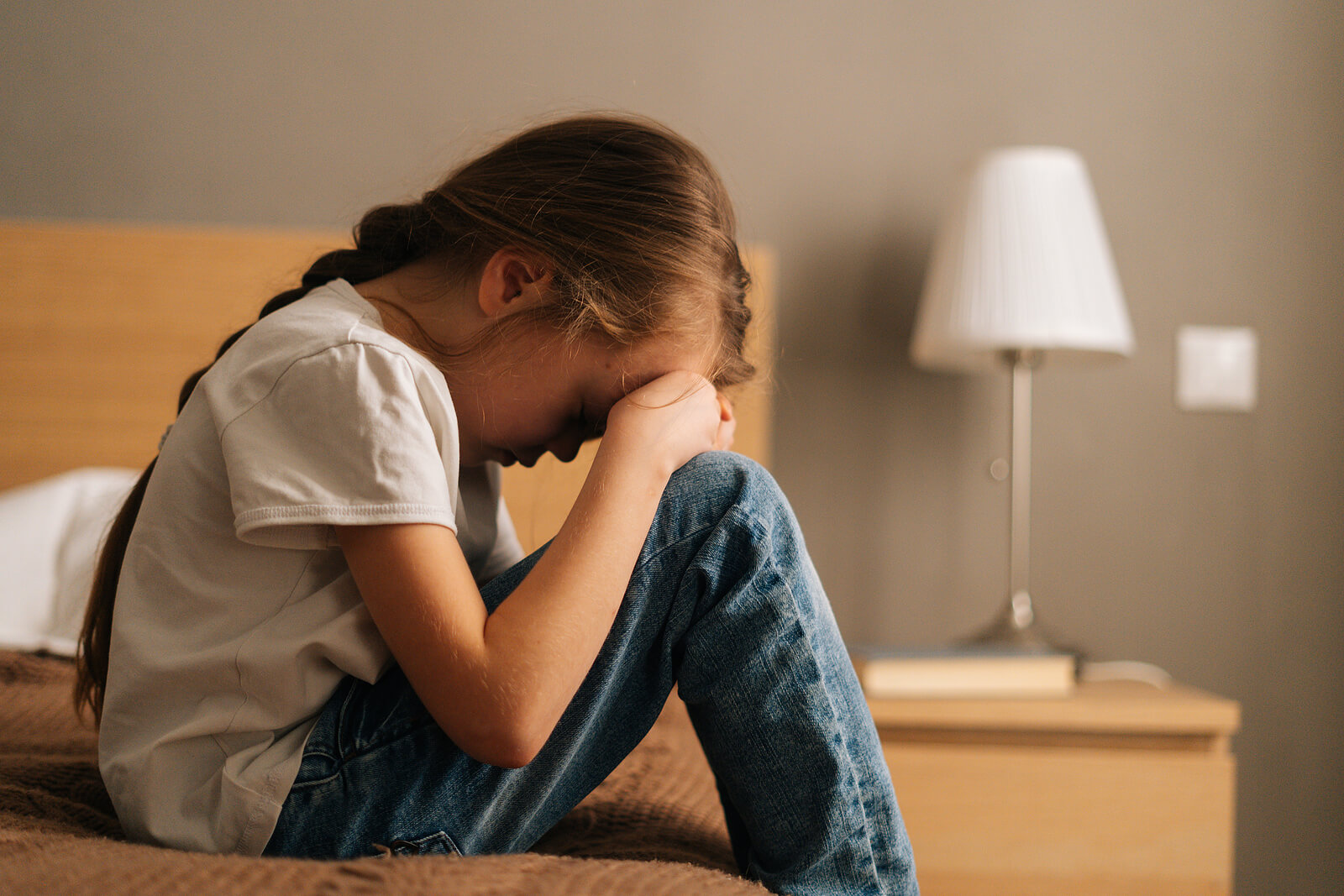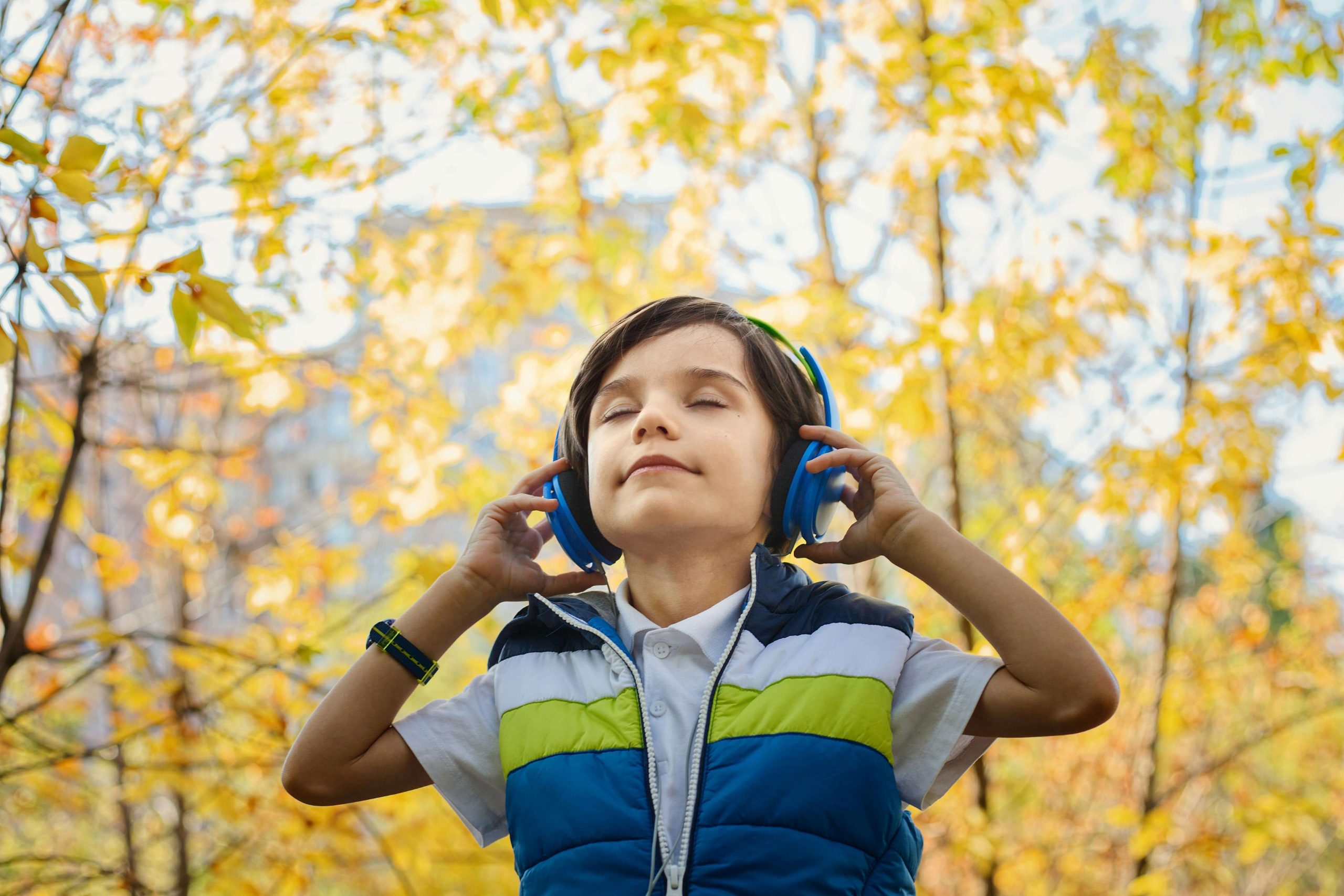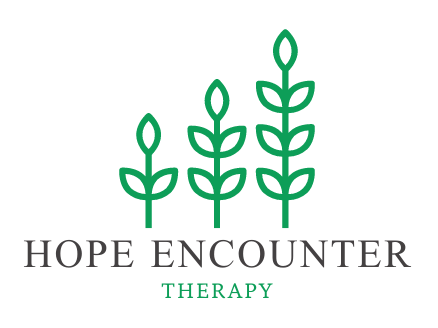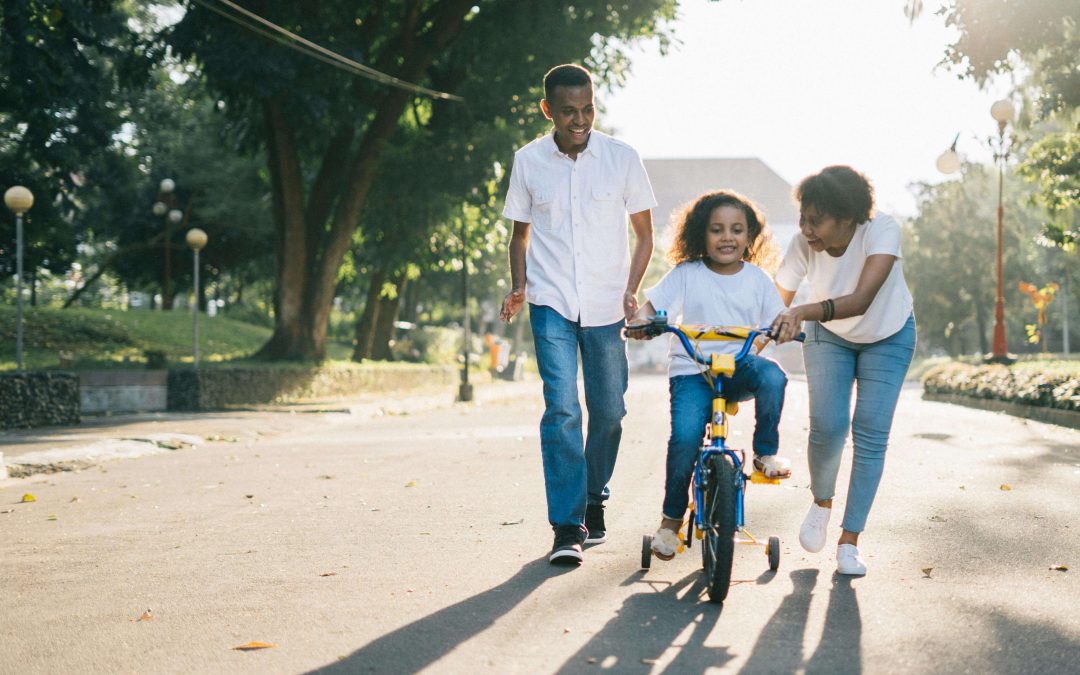It can be hard to watch your child struggle with anxiety, especially when you’re doing everything you know how to do, and it still doesn’t seem to help. Maybe your child is afraid to be away from you, avoids school or social situations, complains of tummy aches, or gets easily overwhelmed by small changes.
Childhood anxiety can show up in sneaky ways. It doesn’t always look like nervousness or worry. Sometimes it can look like anger. Or sometimes it looks like perfectionism or clinging. Sometimes it shows up in the middle of the night, with racing thoughts that a 7-year-old doesn’t have words for.
If your child is struggling and talk therapy hasn’t brought the relief you hoped for, there’s another approach worth considering: EMDR therapy for children.

How Childhood Anxiety Often Presents
Children don’t always say “I’m anxious.” They show it.
Here are some common signs of anxiety in children:
- Trouble separating from a parent or caregiver
- Avoiding school, group activities, or new experiences
- Sleep disturbances—trouble falling asleep, nightmares, or waking frequently
- Frequent physical complaints (headaches, stomachaches, etc.)
- Perfectionism or fear of making mistakes
- Meltdowns when routines are disrupted
- Excessive reassurance-seeking (“Are you sure you’ll pick me up?”)
What many parents don’t realize is that anxiety in children is often linked to past experiences that felt confusing, overwhelming, or scary, whether or not they were considered “traumatic” at the time. Even something like a difficult medical procedure, being bullied, or a sudden move can leave a child’s nervous system stuck in a state of alert. And when that sense of danger isn’t processed, it shows up as anxiety.
Why Talk Therapy Alone May Not Be Enough
Talk therapy can be incredibly helpful for older children, teens, and adults—but it has limitations, especially for younger kids or those who don’t yet have the language to explain what they feel.
Here’s why talk therapy doesn’t always work for kids with anxiety:
- Children often don’t understand why they feel anxious, so they can’t explain it
- Anxiety is often stored in the body and nervous system, not just the mind
- Talking about the anxiety can sometimes increase distress
- Kids may say what they think adults want to hear, rather than expressing their real feelings
This is where EMDR (Eye Movement Desensitization and Reprocessing) can make a difference. EMDR doesn’t rely on kids being able to talk through everything, and it helps process anxiety where it lives: in the brain and body.

How EMDR Helps Children With Anxiety
EMDR is a structured, evidence-based therapy originally developed for trauma, but it’s now widely used to treat anxiety in children and adults alike. It helps the brain “unstick” memories, sensations, and beliefs that are keeping someone stuck in a fear loop. Here’s how it’s adapted for children with anxiety:
-
Playful and Creative Tools
EMDR for kids often uses art, storytelling, sand trays, or play-based metaphors to help the child express what they’re feeling in a developmentally appropriate way. A child might draw their “worry monster” or act out a scary memory using toys.
-
Bilateral Stimulation
The core element of EMDR is bilateral stimulation. This might involve tapping, following lights with their eyes, or using gentle sounds in alternating ears. It helps both sides of the brain communicate and “digest” stuck emotional content.
-
Safe Spaces and Calming Anchors
Before any memory processing begins, children learn to identify calming images or sensations (like imagining a safe place or creating a “calm container” for their worries). These tools help children feel in control and safe throughout the process.
-
No Pressure to Talk
Children can process difficult feelings without needing to verbally share the whole story. This can be incredibly freeing for kids who feel embarrassed, confused, or just don’t have the words.
Real-Life Stories: Hope in Action
Every child’s experience is unique, but here are a few anonymized examples of children who found peace through EMDR therapy:
Avery, age 8
After witnessing a car accident, Avery developed intense anxiety about riding in the car. She began having stomachaches every morning and resisted going to school. Talk therapy helped a little, but she still panicked every time her mom reached for the car keys.
Through EMDR, Avery was able to process the scary memory of the crash. After just a few sessions, she told her therapist, “It doesn’t feel scary in my head anymore.” Within a month, she was riding in the car without fear, and her school attendance improved dramatically.
Miles, age 6
Miles had separation anxiety so severe that he clung to his mom’s leg at drop-off every morning. He also had trouble sleeping and would wake up crying several times a night. His parents were exhausted and heartbroken.
In EMDR, Miles worked with his therapist to create a superhero version of himself who could handle “big feelings.” They tapped together while talking about his fears, using stuffed animals as anchors. Over time, Miles began walking into school on his own and even started sleeping through the night.
A Gentle Path Forward
Anxiety doesn’t have to rule your child’s life. And you don’t have to go it alone as a parent trying to fix it. EMDR offers a gentle, brain-based path to relief—without forcing your child to explain things they don’t understand or relive painful memories. At Hope Encounter Therapy, we specialize in EMDR for children. Our EMDR therapist’s approach is playful, compassionate, and tailored to your child’s unique needs and pace. If your child is struggling with anxiety, sleep, school, or constant worry, let’s talk.
We offer a free 15-minute consultation to explore whether EMDR might be the right fit for your family.
Peace of mind is possible—for your child, and for you.

Help Your Child Heal and Build Resilience With EMDR Therapy for Children
Watching your child struggle with anxiety can feel overwhelming, but they don’t have to go through it alone. At Hope Encounter Therapy, we offer compassionate support and proven techniques to help children process and release the root causes of their anxiety. Reach out today to learn how EMDR therapy for children can create lasting change and peace. Follow these three simple steps to get started:
- Contact us for a free consultation.
- Meet with one of our skilled EMDR therapists.
- Begin seeing positive changes in your child’s anxiety!
Additional Services Offered at Hope Encounter Therapy
At Hope Encounter Therapy, we honor each person’s healing journey—children, adults, and everyone in the family—with thoughtful, personalized care. While EMDR therapy is a powerful tool for helping children overcome anxiety, we recognize that healing isn’t one-size-fits-all. That’s why we also integrate Somatic Experiencing, Narrative Therapy, and Cognitive Processing Therapy (CPT) to create treatment plans that meet the unique needs of each client. Whether you’re seeking support for yourself or a loved one, our individual therapy and blog are here to offer guidance, tools, and encouragement along the way.


